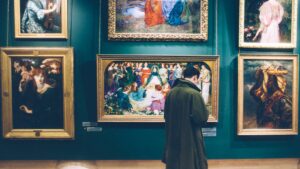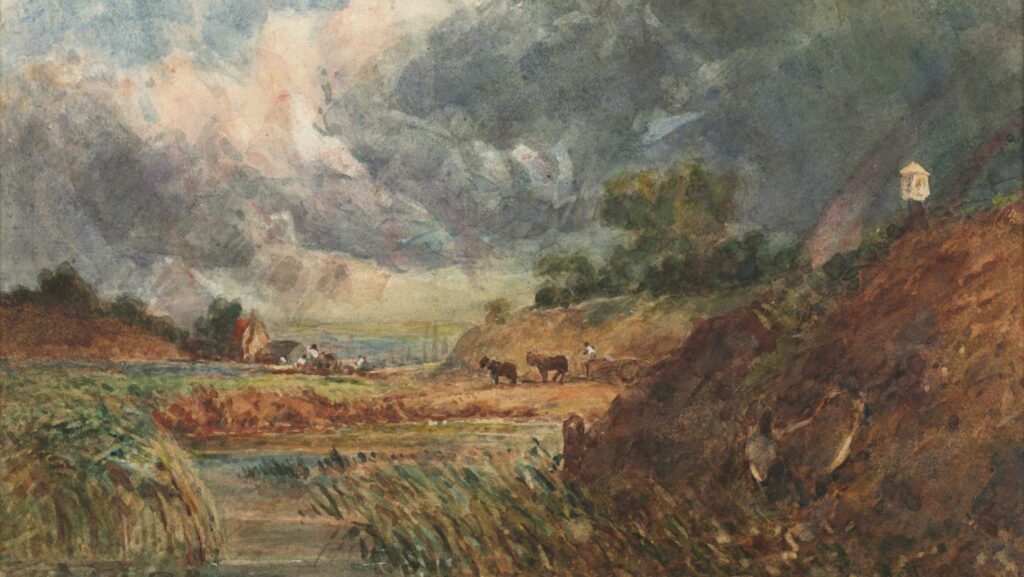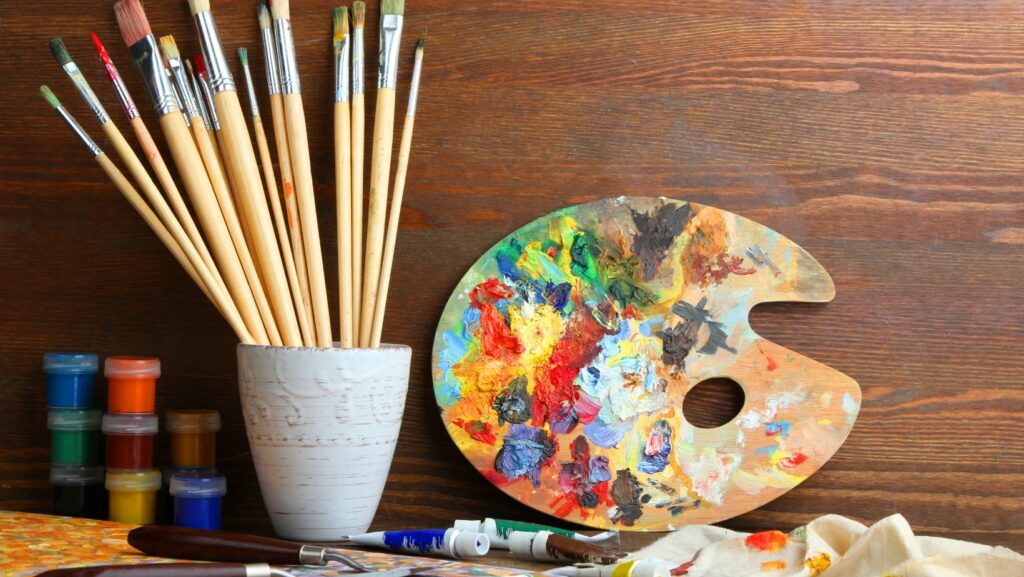Dr Doom Art
- Iconic Character: Dr. Doom is one of Marvel’s most significant villains, representing a unique blend of heroism and villainy that has inspired countless artistic interpretations.
- Artistic Evolution: The portrayal of Dr. Doom has evolved from early bold illustrations to modern digital art, capturing both his formidable presence and psychological depth.
- Notable Contributions: Artists like Jack Kirby, John Byrne, and Alex Ross have been pivotal in shaping the visual narrative of Dr. Doom, each offering distinct styles that reflect his complexity.

- Themes Explored: Common themes in Dr. Doom art include ambition, betrayal, and redemption, often showcased through iconic imagery and powerful symbolism.
- Engaged Community: A vibrant community of fans and artists actively celebrates Dr. Doom’s legacy through conventions, online platforms, and diverse artistic mediums, fostering appreciation for this complex character.
Dr. Doom, one of Marvel’s most iconic villains, has inspired a wealth of artistic interpretations that capture his complex character and imposing presence. Artists across various mediums have brought this enigmatic figure to life, blending elements of heroism and villainy in their creations. From comic book illustrations to digital art, the visual representation of Dr. Doom reflects not just his power but also the depth of his tragic backstory.
Exploring Dr. Doom art reveals a fascinating interplay between creativity and storytelling. Each piece showcases the artist’s unique perspective, often highlighting the themes of ambition, betrayal, and redemption that surround this legendary character. As fans and collectors seek out these artworks, they uncover a vibrant community dedicated to celebrating the legacy of one of Marvel’s greatest adversaries.
Overview of Dr Doom Art
Dr. Doom art encompasses diverse artistic styles and mediums, each reflecting the character’s multifaceted persona. Artists depict him not only as a villain but also as a tragic figure whose ambition and intellect contribute to his complexity.
Various artists, such as Jack Kirby and John Byrne, provided foundational illustrations that emphasize Dr. Doom’s imposing armor and sinister presence. Modern interpretations often highlight his internal struggles, balancing themes of power with vulnerability.
Mediums used in Dr. Doom art include traditional comic book illustrations, digital paintings, and sculptures. Each medium offers unique insights into his character, showcasing his evolution over time. Cosplay and fan art further enrich the portrayal, allowing enthusiasts to engage with the character on a personal level.
The community surrounding Dr. Doom art thrives through conventions and online platforms, where fans exchange ideas and showcase their creations. This collaborative spirit fosters a deeper appreciation of the character’s legacy, enhancing the richness of his artistic representations.
Historical Significance of Dr Doom
Dr. Doom stands as one of Marvel’s most iconic villains, influencing both storytelling and artistry within the comic book universe. His character acts as a mirror for exploring themes of power, ambition, and morality throughout comic history.
Early Appearances in Comics
Dr. Doom made his first appearance in Fantastic Four #5 in 1962, created by Stan Lee and Jack Kirby. His introduction established a formidable antagonist for the hero team, combining intellect, science, and sorcery. Doom’s armor became symbolic of his ruthless nature and technological prowess. Initial portrayals emphasized his ruthless ambition to reclaim his throne of Latveria, appealing to readers through his blend of villainy and tragic circumstances.
Evolution of Art Style
Artistic interpretation of Dr. Doom evolved significantly since his debut. Early illustrations focused on strong lines and bold colors, emphasizing his menacing presence and formidable power. Jack Kirby’s dynamic style captured the dramatic nature of Doom’s encounters with the Fantastic Four, showcasing his larger-than-life persona. Over the decades, artists like John Byrne and later, Alex Ross, brought nuanced dimensions to his character through detailed rendering and realistic portrayals.
With modern artists, styles shifted towards digital mediums and more complex representations. The balance between Doom’s strength and vulnerability became prominent, reflecting deeper psychological themes. This evolution highlights the adaptability of Dr. Doom as a character, illustrating the ongoing relevance of his story within the ever-changing landscape of comic art.
Notable Artists and Their Contributions
Several artists have profoundly shaped the visual narrative of Dr. Doom, each adding unique elements to his portrayal. Their contributions span various styles and eras, showcasing the character’s complexity.
Classic Illustrations
Jack Kirby’s classic illustrations define Dr. Doom’s initial visual impact. Kirby’s dynamic lines and bold colors emphasize Doom’s imposing armor and menacing demeanor. John Byrne further shaped the character in the 1980s, introducing detailed artistry and a more nuanced look at his motivations. Their early works laid the foundation for Doom’s representation as a formidable villain. Notable pieces include Doom’s first appearance in Fantastic Four #5, where his fierce visage and technological brilliance are vividly depicted. These classic illustrations remain iconic, capturing the villain’s essence and contributing to his lasting legacy in comic book history.
Modern Interpretations
Modern interpretations of Dr. Doom break traditional boundaries, exploring psychological depth and moral ambiguity. Artists like Alex Ross infuse realism into their paintings, offering a more humanized view of Doom’s internal struggles. Digital artists, including Greg Horn, utilize vibrant colors and intricate details, pushing the limits of visual storytelling. Various sculptures by artists such as Daniel Warren Johnson portray active poses that reflect Doom’s power in motion. This evolution in art showcases the character’s ongoing relevance, allowing contemporary audiences to engage with his layered narrative. Each piece reflects themes of ambition, betrayal, and the quest for redemption, reinforcing Dr. Doom’s status as both a villain and a tragic figure.
Popular Themes in Dr Doom Art
Dr. Doom art explores numerous themes that highlight his rich and complex character. Iconic imagery and symbolism contribute significantly to the way artists portray this Marvel villain.
Iconic Imagery
 Iconic imagery in Dr. Doom art emphasizes his imposing presence and distinctive features. His armored suit, often illustrated with sharp details and metallic textures, signifies power and menace. Artists utilize dramatic poses to capture his commanding stance, reinforcing his role as a formidable antagonist. Masks play a crucial part in his design, symbolizing both anonymity and the psychological conflict within. Illustrations frequently depict Doom surrounded by technological gadgets, showcasing his intellect and mastery over machines. Classic depictions highlight battle scenes with adversaries like the Fantastic Four, emphasizing his relentless pursuit of dominance and control.
Iconic imagery in Dr. Doom art emphasizes his imposing presence and distinctive features. His armored suit, often illustrated with sharp details and metallic textures, signifies power and menace. Artists utilize dramatic poses to capture his commanding stance, reinforcing his role as a formidable antagonist. Masks play a crucial part in his design, symbolizing both anonymity and the psychological conflict within. Illustrations frequently depict Doom surrounded by technological gadgets, showcasing his intellect and mastery over machines. Classic depictions highlight battle scenes with adversaries like the Fantastic Four, emphasizing his relentless pursuit of dominance and control.
Symbolism and Influence
Symbolism in Dr. Doom art reflects deeper themes of ambition, legacy, and the human condition. The mask serves as a powerful symbol, representing both his desire for absolute control and his hidden vulnerabilities. Many artworks depict him standing in ruins or amidst chaos, illustrating the consequences of unchecked ambition and the personal cost of his quest for power. Additionally, the influence of Dr. Doom extends beyond Marvel, inspiring discussions surrounding morality in villainy across various mediums. His character embodies the complexity of villainy, prompting artists to explore themes of redemption and betrayal, which resonate with audiences throughout comic history.
Shaping Iconic Figures
Dr. Doom art continues to captivate audiences with its rich exploration of a complex character. Through various mediums and styles, artists breathe life into his dual nature as both a villain and a tragic figure. Each interpretation invites viewers to reflect on themes like ambition and morality, showcasing how his story resonates across generations.
As the community of fans and creators thrives, the legacy of Dr. Doom evolves, reinforcing his significance in the comic book universe. This ongoing dialogue between art and character deepens the appreciation for Dr. Doom’s multifaceted identity, ensuring that he remains a compelling subject for artistic exploration. The journey through his artistic representations reveals not just the power of creativity but also the enduring impact of storytelling in shaping iconic figures.



